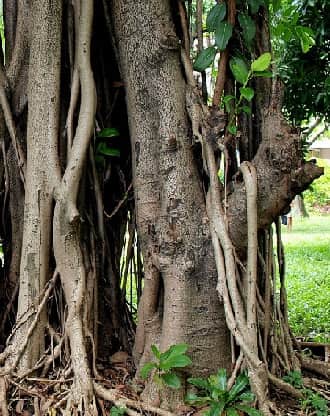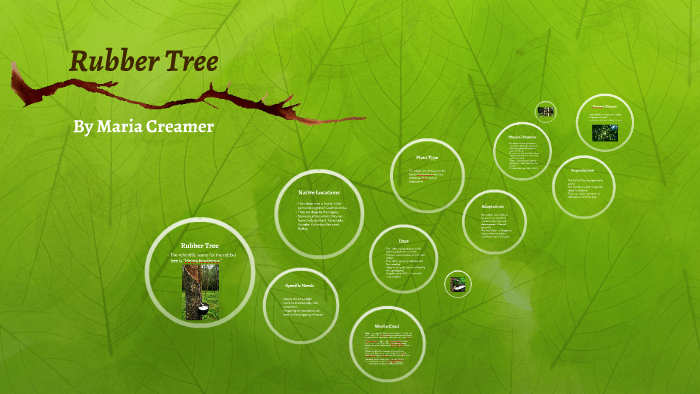During the day rubber trees prefer temperatures from 21 29 degrees celsius 70 85 degrees fahrenheit and at night they like temperatures from 18 23 degrees celsius 65.
Para rubber tree adaptations.
It is a quickly growing tree as are most trees in the related to areas near the equator hot and humid rainforest it can grow 24 inches.
The rubber tree provenance trial is located in nong khai thailand at the nong khai rubber research center 18º09 30 n 103º09 31 e.
Rubber tree rubber tree where do you live.
Reproduction happens when the fruit of the tree ripen and burst open leaving seeds scatteredin a 100 foot 3.
The vessels need to be tapped without damaging them.
The places the rubber tree grows in is brazil venezuela ecuador colombia peru and bolivia.
Cultivated on plantations in the tropics and subtropics especially in southeast asia and western africa it replaced the rubber plant in the early 20th century as the chief source of natural rubber it has soft wood.
Average temperature at the site is 27 5 c and mean annual rainfall is approximately 1 600 mm.
The leaves of the rubber tree are glossy oval shaped and dark green.
These trees love to be in full bright lights but will adapt if necessary to duller lighting.
Thanks for reading about the rubber tree.
The rubber tree plant is also called the rubber wood tree or rubber fig tree.
The rubber tree has a silvery type of bark and a rough top layer of bark.
A para rubber tree or simply rubber tree is the tree which naturally produces rubber it is native to tropical areas from south america in the amazon but was spread by european farmers to the far east.
The plant produces a milky colored latex sap which can be retrieved from the plant once it matures to an age of about six years old.
This is important because the bark helps make the latex.
An adaptation of a rubber tree is that it sheds its bark so as to absorb its nutrients when the bark decomposes in the soil around it.
The para rubber tree is the tree wich we took out the.
And a large area of bark.
They can grow to be 14 inches 4.
Para rubber trees belong to the euphorbiaceae family.
Hi and welcome to habitat.
Its most famous feature is the milky white sap known as latex which flows freely from the tree when a sliver of bark is removed.
The rubber tree has beautiful smooth dark shiny leaves and a light shaded bark.
Today some rubber is sourced from designated areas of rainforest rather than plantations.
Rubber tree hevea brasiliensis south american tropical tree of the spurge family euphorbiaceae.
The tree can grow to over 100 feet tall 30 meters in the wild and as an indoor houseplant it usually grows to between 2 6 meters.
In the wild the rubber tree will grow to heights of 100 to 130 feet and can live up to 100 years.
The tree can grow to over 100 feet tall 2.
A rubber tree also referred to as rubberwood can be tapped for latex once it reaches approximately six years of age.




























